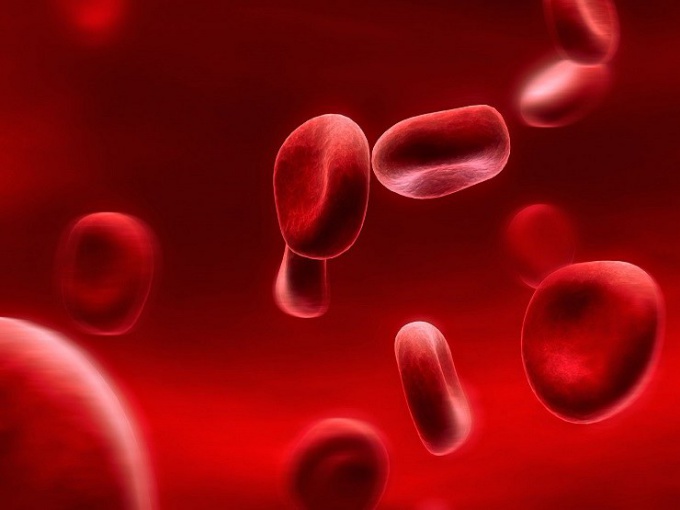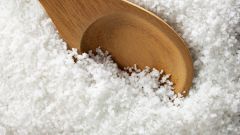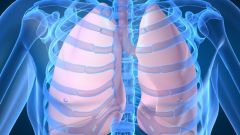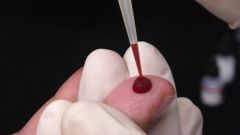Functions of the circulatory system
In addition to transport various nutrients and oxygen from some bodies to others through blood circulation in the body is the transfer of metabolic waste products and carbon dioxide to the organs through which the output of waste products: kidneys, intestines, lungs and skin. Blood also performs a protective function, white blood cells and proteins contained in plasma, involved in neutralization of toxins and the absorption of the germs that enter the body. By the blood the endocrine system provides regulation of all vital functions and processes, as the hormones produced by the endocrine glands, also are transported by the bloodstream.
Lymph, interstitial fluid and blood make up the internal environment of the organism, constancy of its composition and physico-chemical characteristics of supported mechanisms of regulation and are an indicator of health. In the case of pathological or inflammatory processes associated with a particular disease, the change and composition of blood, so her analysis – the first thing you need doctor for diagnosis.
Dangerous to humans is the rapid decline in the number of blood, for example, in the case of open wounds, which cause a sudden drop in blood pressure.
Because in its composition the blood is a liquid in which are suspended the formed elements, its composition is determined by centrifugation. In human blood plasma is about 55-58%, and the remaining formed elements - from 42 to 45%, and in the blood of men a little more than in the blood of women.
How much blood contains in the human body
Currently, the amount of blood circulating in the human body, is determined with a fairly high degree of accuracy. This method is used when the blood is introduced metered quantity of a substance that is not immediately derived from its composition. After using it for some time evenly distributed throughout the circulatory system, take a sample and determine its concentration in the blood. Most often as such a substance is harmless to the body colloidal dye, e.g., Congo mouth. Another way to determine the amount of blood in the human body is the introduction into the blood of artificial radioactive isotopes. After some manipulation of the blood, it is possible to count the number of red blood cells, which penetrated the isotopes, and then the value of radioactivity of blood and blood volume.
If the blood turns the excess fluid is distributed into the skin and muscle, and also excreted through the kidneys.
As was found, the average amount of blood is about 7% by weight, if your weight is 60 kg, the blood volume will be equal to 4.2 liter, 5-liter volume circulates in the body, weighing in at 71.5 kg. its Volume can vary from 5 to 9%, but usually these fluctuations are intermittent and associated with fluid loss or, on the contrary, the introduction of it in the blood, and profuse bleeding. But the regulatory mechanisms acting in the body, maintain the amount of the total blood it permanent.



